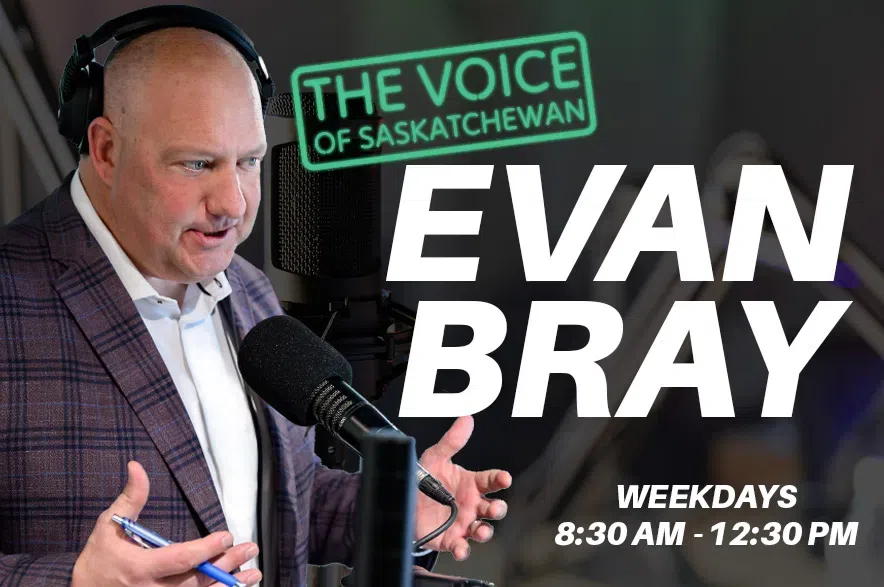As a dazzle of five zebras settles into its new foster home at Saskatoon’s Forestry Farm Park & Zoo, an investigation into the animals continues.
650 CKOM received confirmation from the provincial government that conservation officers seized the animals from a rural property on June 13 as part of an ongoing investigation under Saskatchewan’s Captive Wildlife Regulations.
These regulations are in place to protect native wildlife in the province’s ecosystems, public health and safety, and the welfare of animals being held in captivity, explained Ffion Cassidy, a wildlife ecologist with the Saskatchewan Ministry of Environment.
These regulations fall under Saskatchewan’s Wildlife Act, and apply to both native and exotic species.
Investigations under the Captive Wildlife Regulations aren’t very common, especially for animals like zebras. Cassidy said that to her knowledge, the province has never had a zebra investigation before.
She said the ministry receives several calls each year about species that are not legally allowed in the province, which are addressed on a case-by-case basis to ensure everything is in line with the regulations.
Cassidy said she couldn’t speak to the specifics of the current zebra investigation, but generally the fine for possessing a restricted animal is $1,000, and illegally importing or exporting a restricted species carries a $400 penalty.
There are two separate lists of species that can be owned in the province, Cassidy explained. One list covers those species allowed in the province without a permit, while the other is for restricted species which require a permit.
She said 600 different species can be held for personal possession without a permit. According to the government’s website, those include dogs, hamsters, chickens and llamas when they are used as guard animals.
Restricted animals, however, do require a permit. The province’s permits include falconry licences, wildlife rehabilitation licences (for native species only), upland game birds licences, and zoo licences, which would be required to keep animals such as zebras.
One of the reasons there is an extensive list of restricted animals is to ensure the province is not supporting any illegal exotic animal trade, Cassidy said.
“A lot of the time, some of these rare species can be of conservation concern in their country of origin, and we want to support measures that are in place to protect them,” she said.
In 2021, the Captive Wildlife Regulations were modernized, adding more animals to the restricted list. Cassidy said that was done because there is now a better understanding of the risks exotic wildlife can pose, and how diseases are transmitted.
“If a pet is released into the province, there’s the potential that it could establish and become invasive, and potentially damage our native ecosystem,” she said.
Cassidy added that animal care standards are also higher now, and the updated regulations ensure animals with special care requirements are having those needs met.
The second division of the restricted animals list allows individuals to keep animals that were legally allowed before the regulations changed.
“We’re kind of phasing them out, but if you had them legally before the new regulations came in 2021, you can still continue to hold them if you’ve declared them to the ministry,” she said.
Some examples of those species are red-eared sliders, African grey parrots, and raccoons, according to Cassidy.











